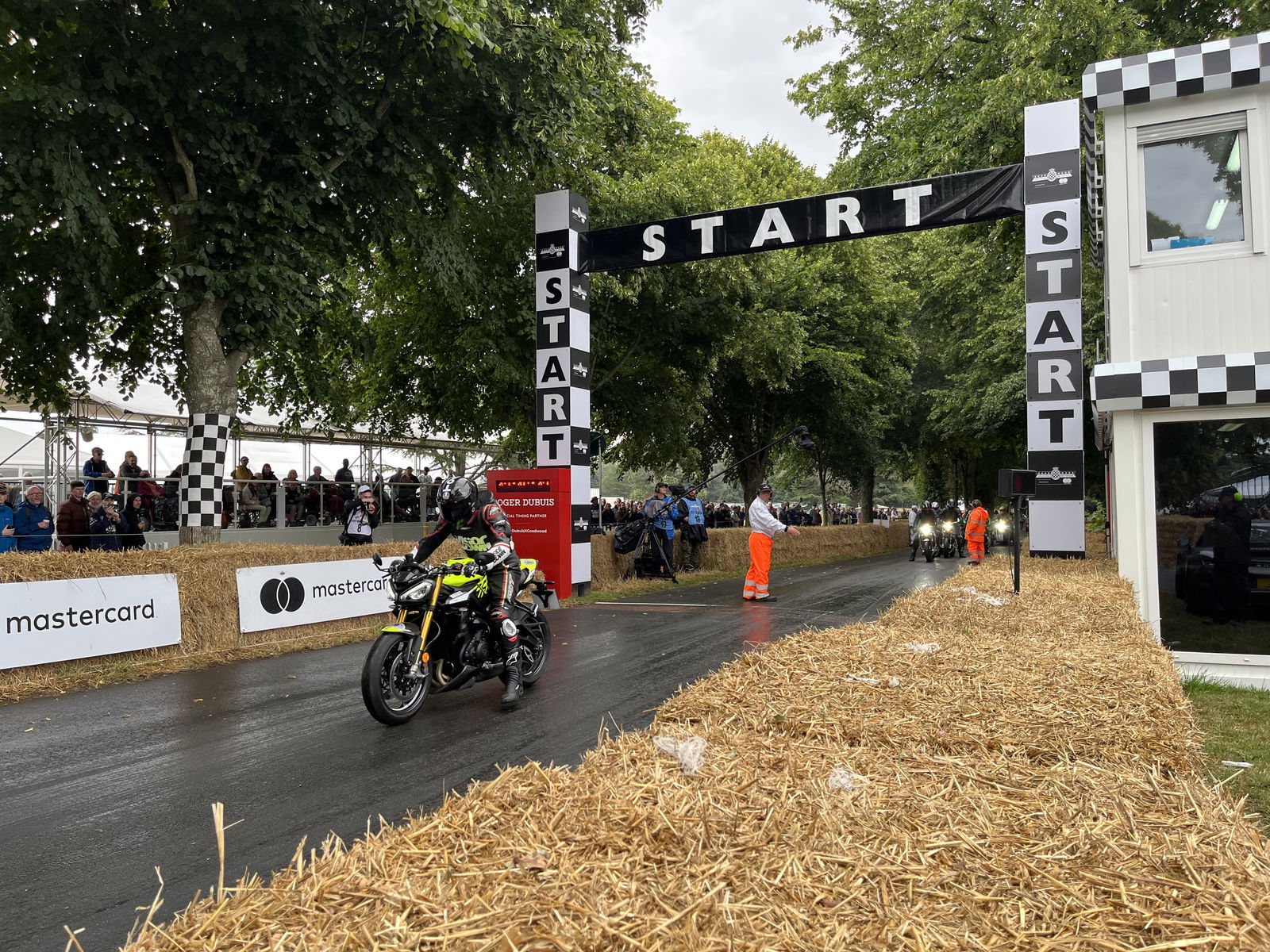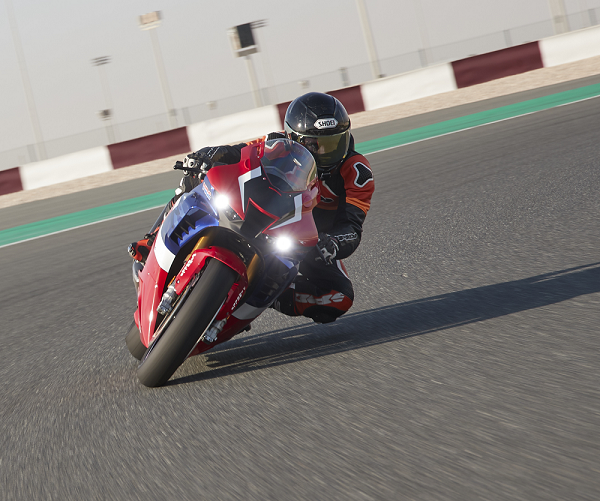Harley CEO Jochen Zeitz on CVOs, VVT, and being the Tesla of bikes
At the recent 120th Anniversary in Budapest, Visordown caught up with Harley-Davidson CEO Jochen Zeitz

THE recent Harley-Davidson 120th Anniversary bash in Budapest gave us the chance to not just experience the bikes, the food, the music and the culture, but also catch up with the CEO of the brand, Jochen Zeitz.
The transfer arrived at around 7:30 am, and I was still fuzzy-headed from watching Wolfmother, with a hangover that was just the wrong side of being a mild inconvenience. All in all, I’d describe this as sub-optimal conditions under which to be speaking to one of the most important men in the American motorcycle industry.
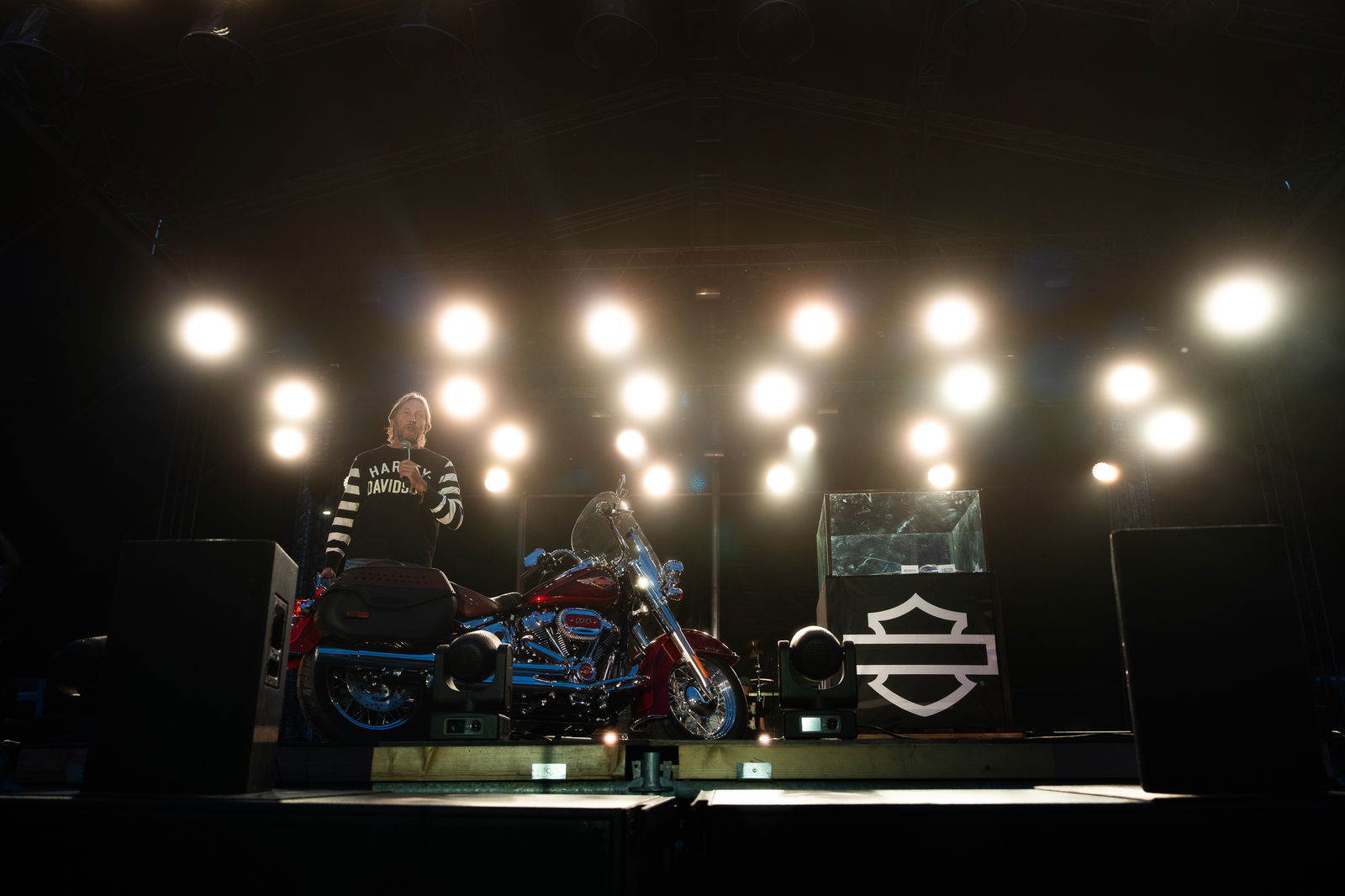
Regardless, I was interested to hear from the man charged with transforming one of the world’s most famous two-wheeled brands. And he’s a fairly imposing character too - focused, forthright and likes to get straight to the point. He became the youngest CEO to head up a public company at 30 years old in his native Germany and is reputed to have increased Puma’s share price by a whopping 4,000 per cent during his tenure with the company before joining Harley.
Rewinding to February 2020, when he took the helm at Harley-Davidson, the world was staring down the barrel of a pandemic, and Zeitz recalled some of the challenges of running a global business at a time when people weren’t allowed to walk to the park.
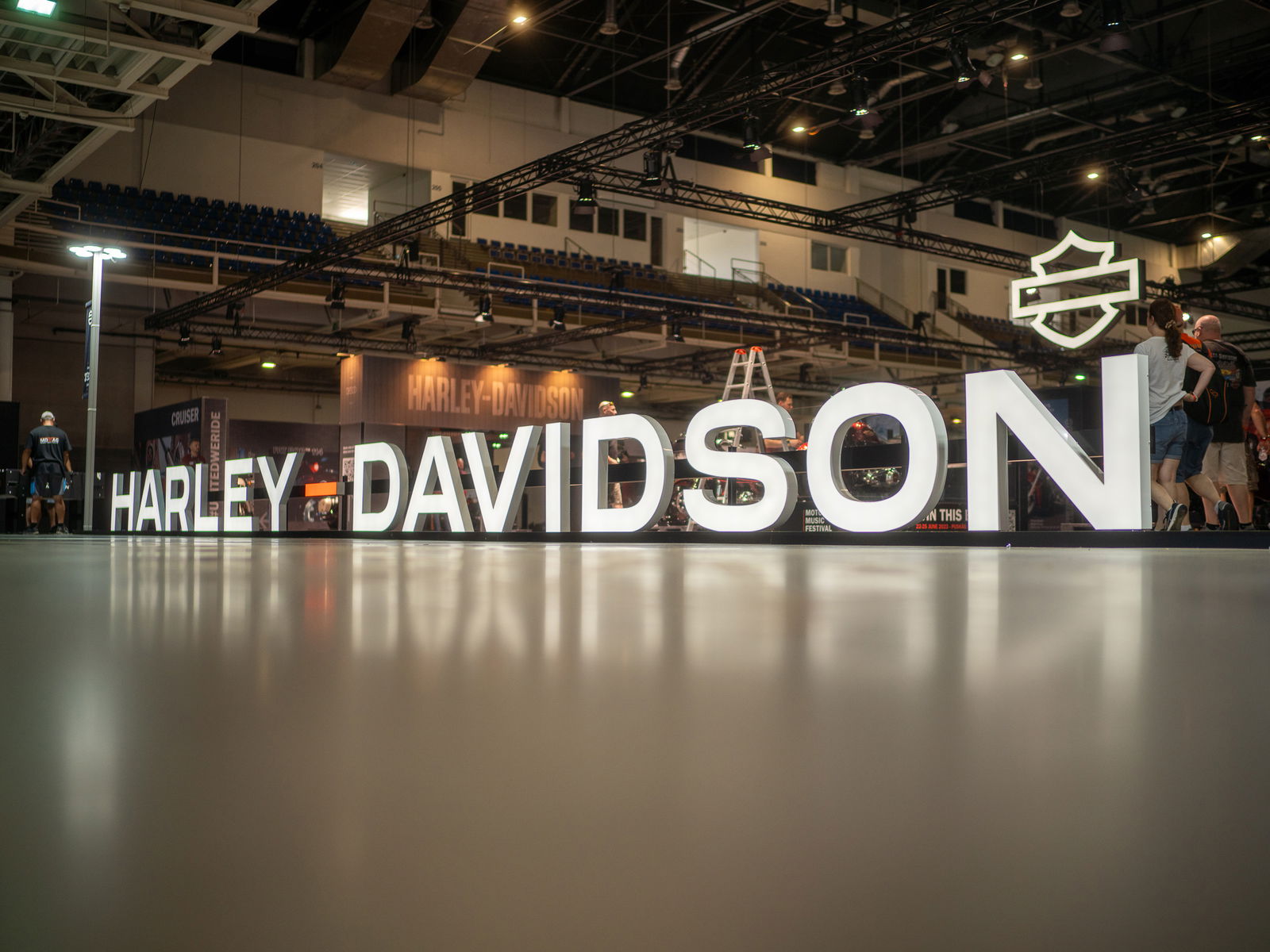
“We went overnight from everyone in the office to everyone working remotely. I always said I don't care where you live as long as you do your job. We’ve kept a version of that - today we are a hybrid organization with employees working from home and the office, as needed.” One of his first tasks once he was confirmed as the permanent CEO a little further along was to organise the business in a way that could return growth. First, there was Rewire, then he announced The Hardwire strategy. Rewire was the critical overhaul of Harley-Davidson, streamlining its product portfolio, resetting its global business and prioritising the markets with the highest potential. This set a strong foundation for The Hardwire, which aims to keep Harley-Davidson as the most desirable motorcycle brand in the world by creating a lifestyle brand with an enhanced product offering, including motorcycles, parts, accessories and clothing, and customer experiences. It’s something we can see with the latest generation of CVOs, bikes that Zeitz described to me as ‘Grand American Touring made for Global Touring’. “One of the first decisions I took in 2020 when I took over [was this market], because there was no plan to really invest in the touring segment. So that was the first thing to do, but it takes three years at full speed to get a bike out like that, but I’m really happy that it's here now”.
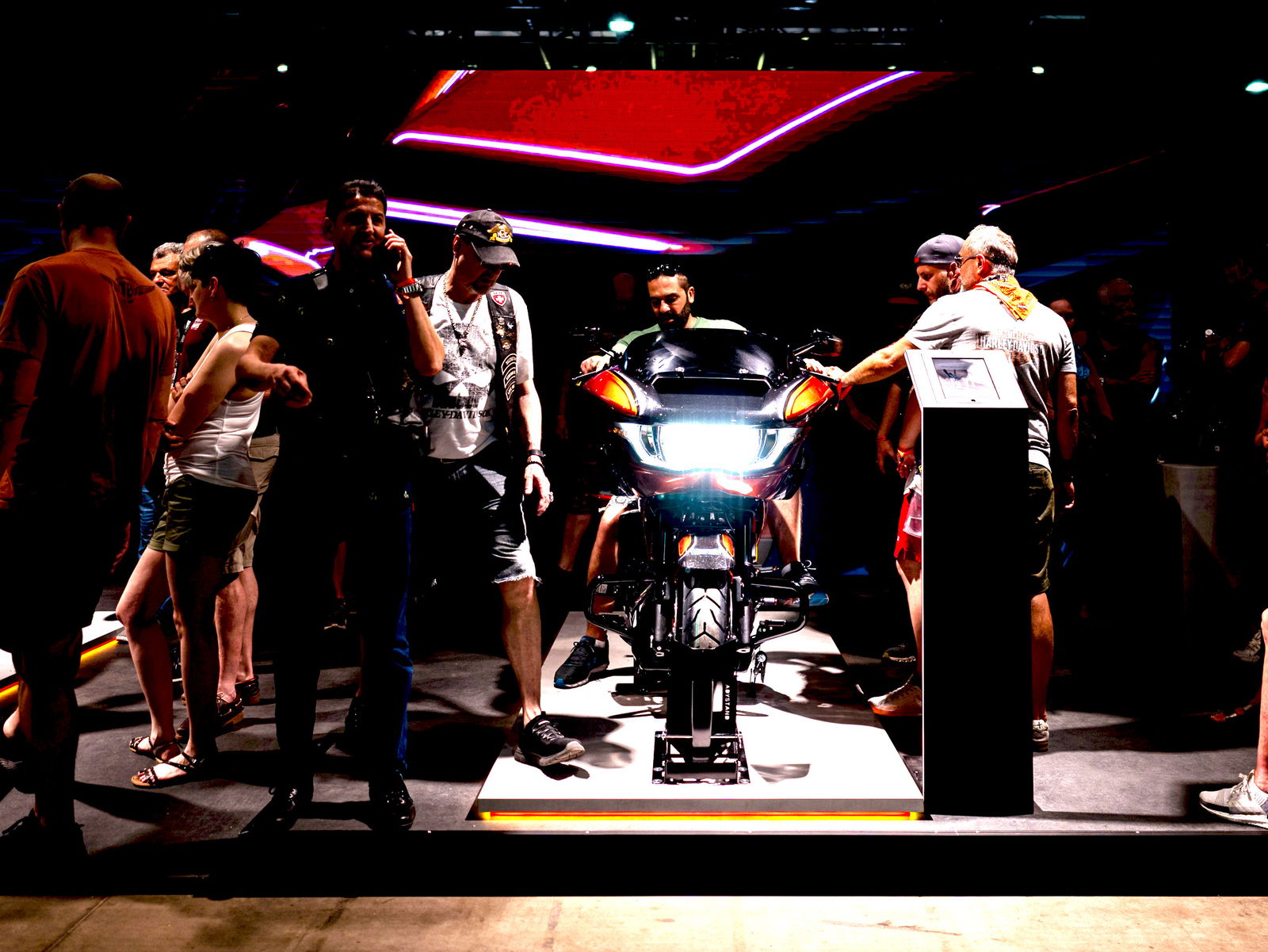
It’s a point that’s not lost on me, and when you look at the new CVOs in the flesh, the difference between them and what came before is vast. Styling aside, the chassis, suspension and brakes are all things that most manufacturers will overhaul every four to six years. To the casual observer, the chassis of the Harley Grand American Touring range hasn’t changed since Grandpa’ used to ride one.
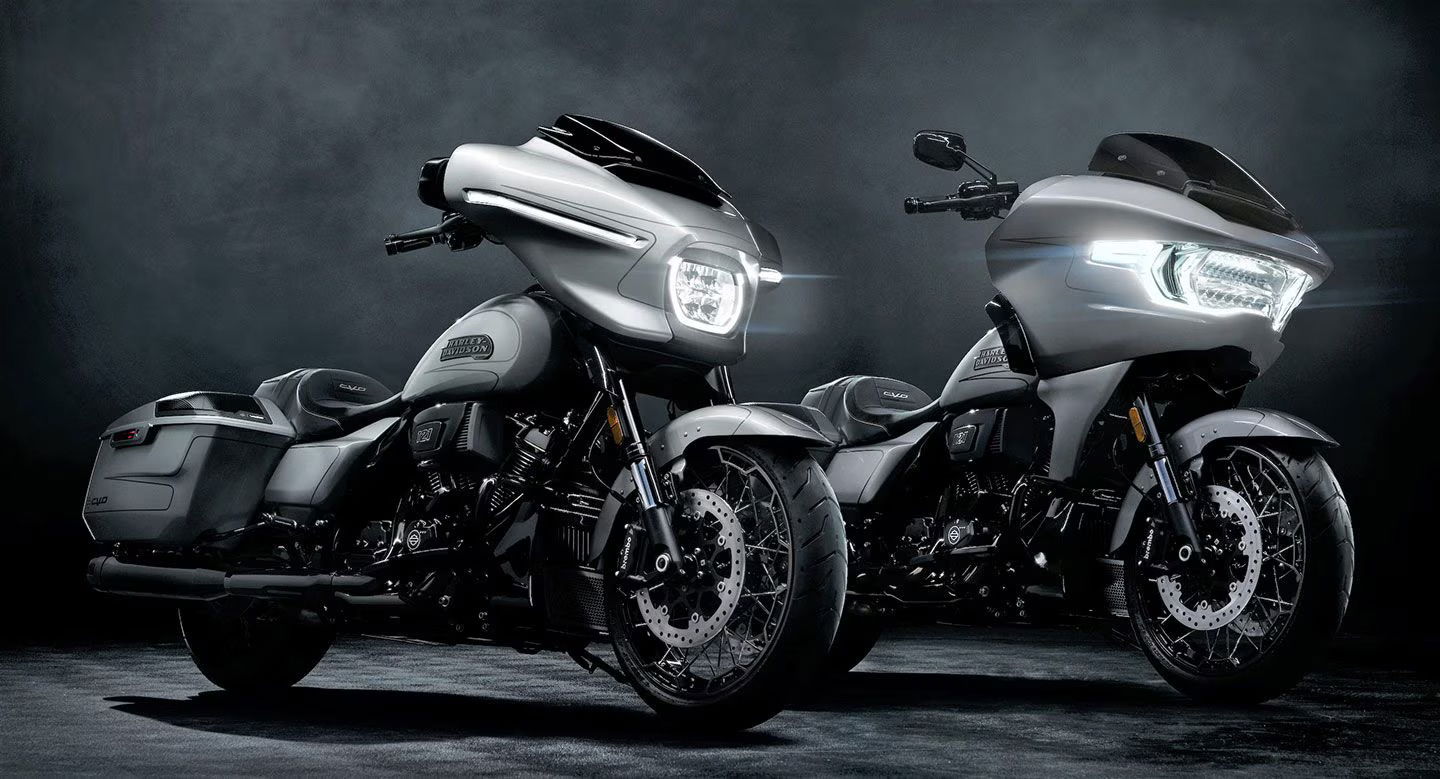
And then there’s the VVT system. It’s part emissions avoidance measure, part riding experience improvement device, and I was keen to find out if that technology would be trickling down, through the range and onto lesser models in the years to come.
“It's quite expensive… very expensive. I think the CVO is perfect and Pan America that's perfect too [for VVT] because of what the bike really needs to do. It has to make sense, right? If you have a bike like the Nightster, for example… it’s not necessary. It's quite a complicated thing to put into an engine. Right now, I think it's perfectly positioned.”
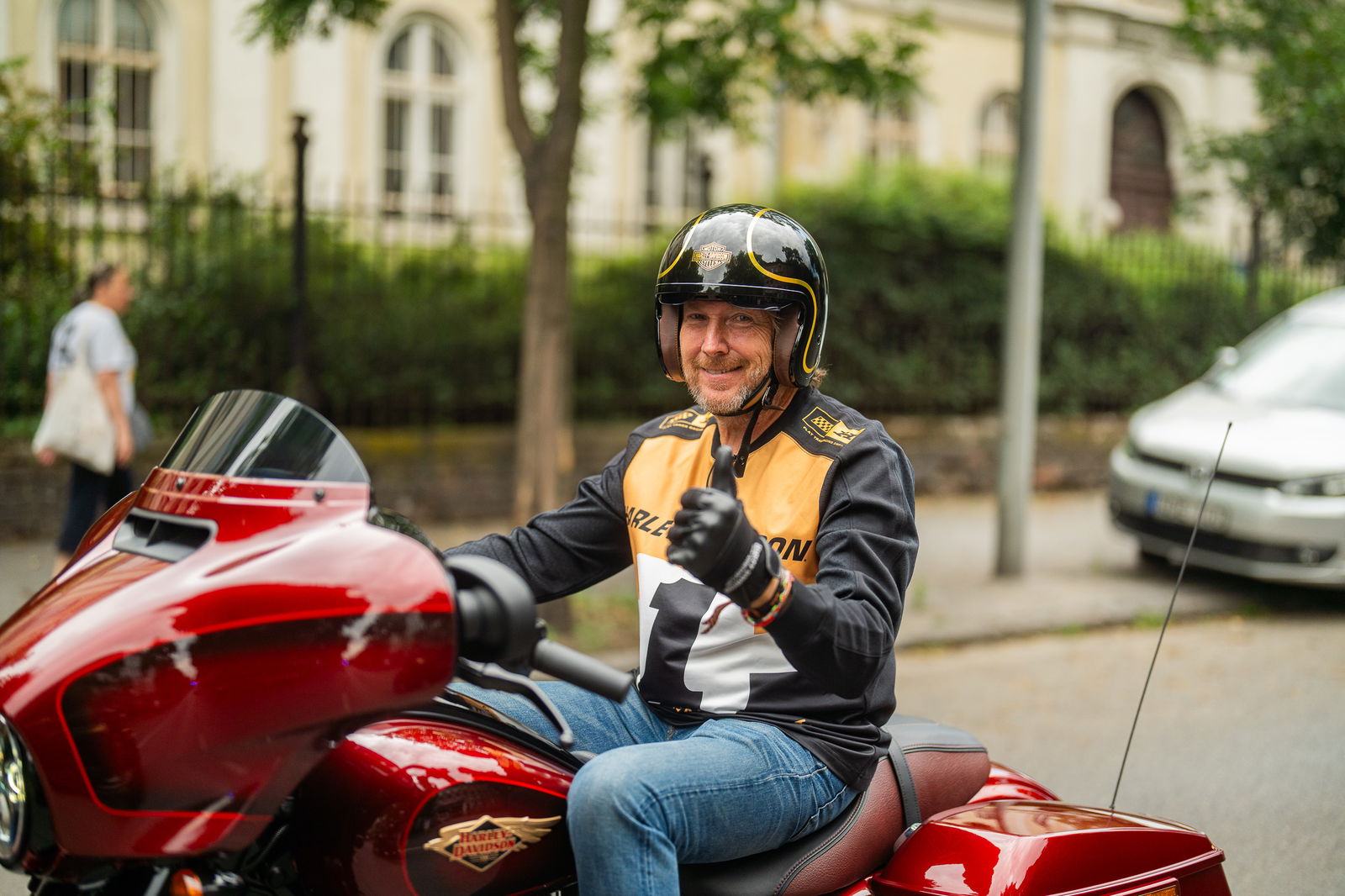
It’s almost surprising to hear that the tech isn’t destined for the smaller capacity, less premium bikes in the range, the technology is developed after all. But with Harley-Davidson’s LiveWire subsidiary covering the electric side of things, the Harley CEO isn’t keen to put all of his eggs in an electrically-charged basket just yet. You get the impression that he has one eye on the horizon waiting for another option to keep us mobile.
“I mean, don't ever rule anything [bio/e-fuels] out at this stage. I think you can only invest in so many technologies and infrastructure, it's a huge, huge, investment. And you have an existing infrastructure with fuel. So, if there was an opportunity to leverage that long term, there might be a transition technology that might be something to complement electric.”
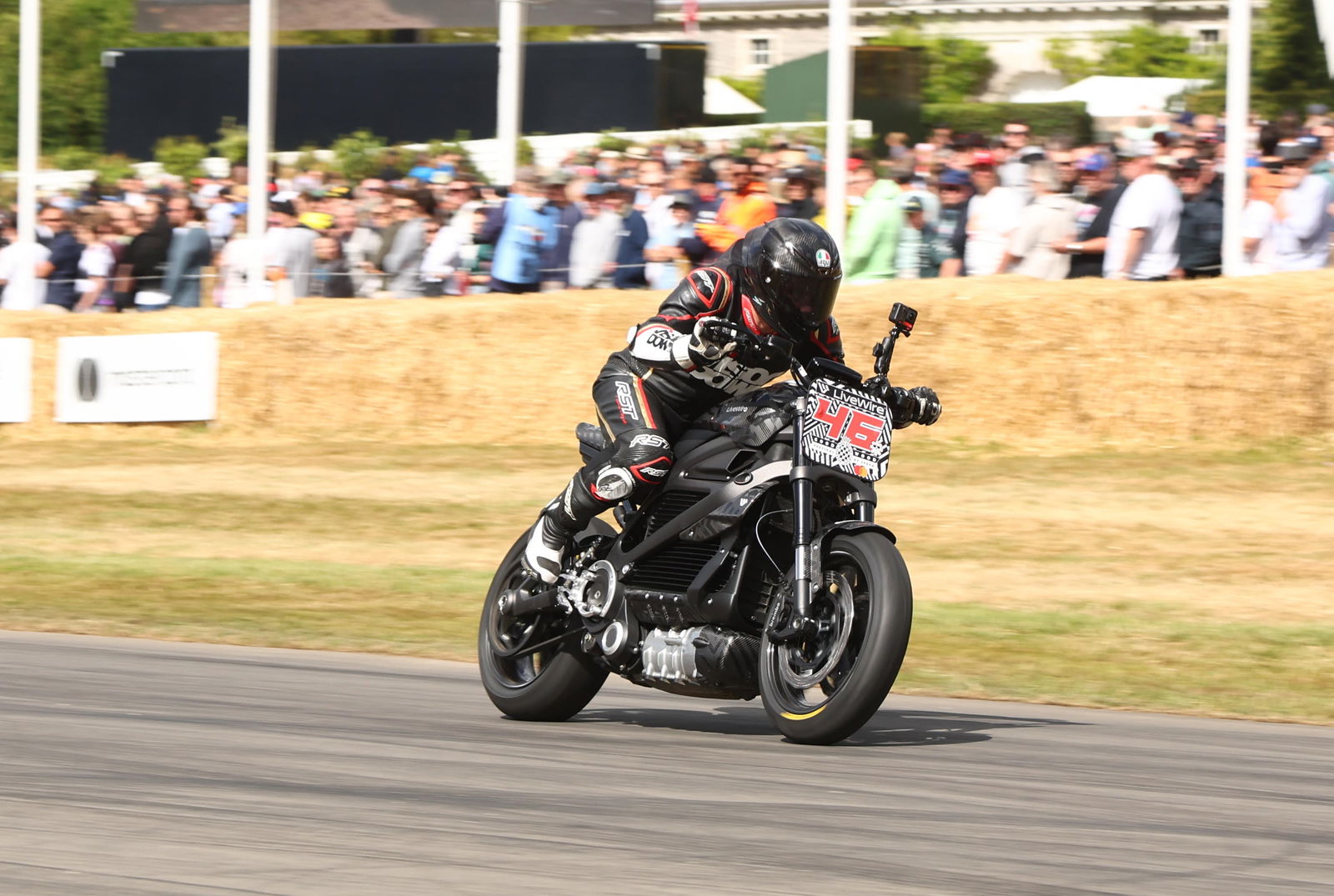
The move to float LiveWire as a separate entity happened in the autumn of 2022, and while it was a move that many thought should have happened from the start, it seems to have turned out okay for all parties involved for a couple of reasons. Freed from the shackles of its diehard and dyed-in-the-wool fanbase, LiveWire could behave like a start-up. It was more agile, and adaptive. It’s something that helped speed the firm’s second bike, the Del Mar S2, through development and into production with a launch edition arriving earlier this year. This seemed to be something he was particularly proud of, even pushing him to refer to the LiveWire brand as a kind of two-wheeled Tesla. “With cars, it’s relatively easy in comparison [to develop an electric product]. But motorcycles, you only have two wheels, you have less space, and you cram all of that technology into a little space, battery and powertrain. Then it still has to charge fast and go far and all of those restrictions that you have, I mean, it's completely different. Motorcycles are completely different to develop.”
“So we are sort of the Tesla of the motorcycle industry with Livewire that's for sure. They are fantastic bikes - riding LiveWire since the first prototype was available for testing”. The new Del Mar S2 is also incredible.”

As the Harley-Davidson PR in the corner of the room started to clear her throat and glare at her watch, we got the chance to get in one last question, and as we were there for the event, it was nice that Jochen highlighted two of the people he’d met during the week. They were former Harley dealers and were still working as service dealers in their home country. They hadn’t just ridden cross-country and across borders to get here - they’d left behind a war-torn and pockmarked land, possibly not really knowing if it would be the same when they returned.
“I met two guys from Ukraine that came [to the 120th Anniversary] yesterday. To see their enthusiasm after what they've gone through is quite extraordinary. And [they’re] still holding the Harley flag up in Ukraine even, which is great.”
